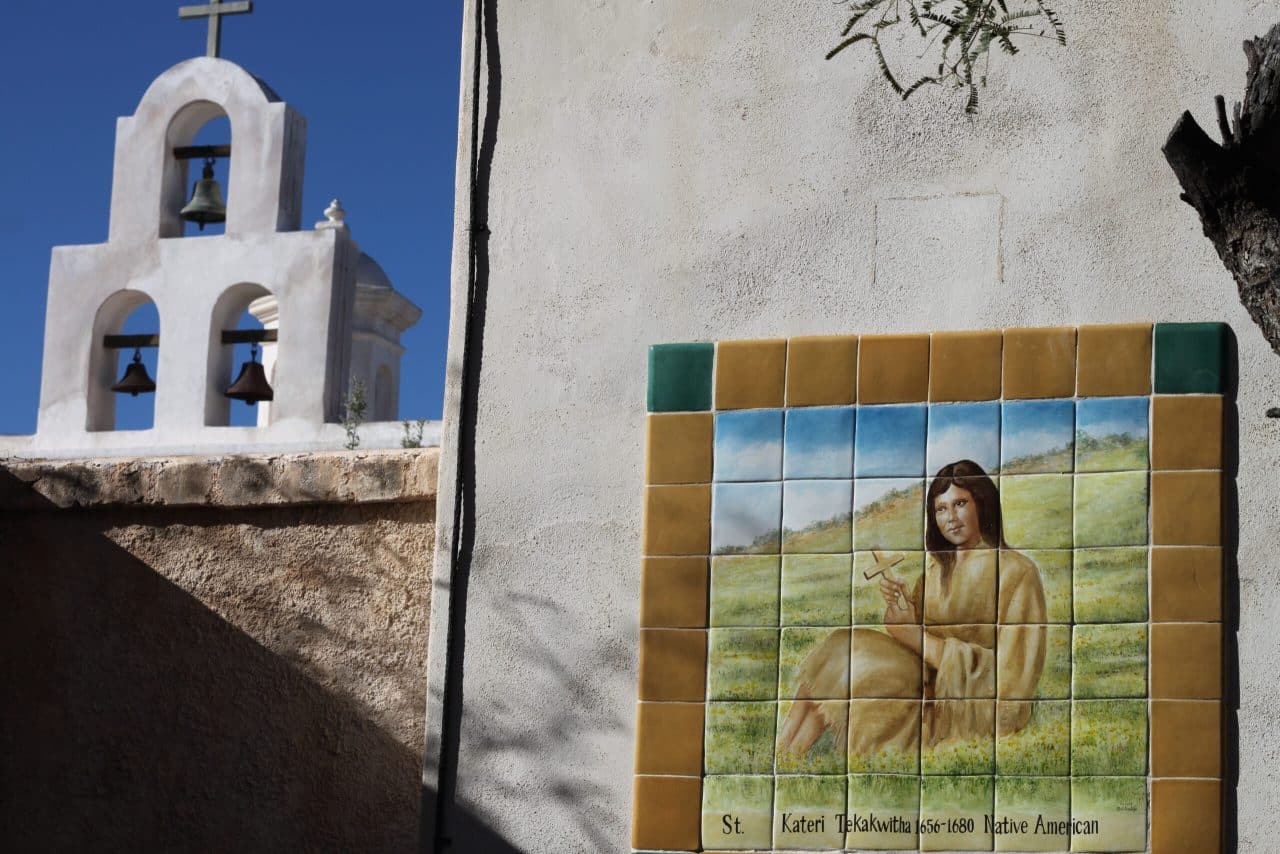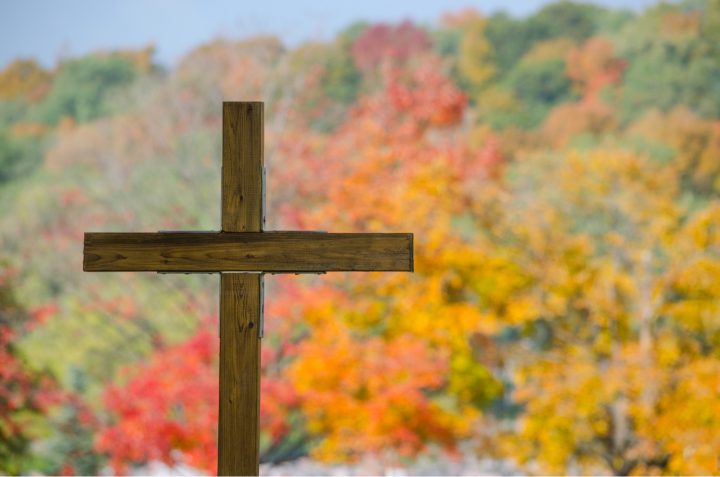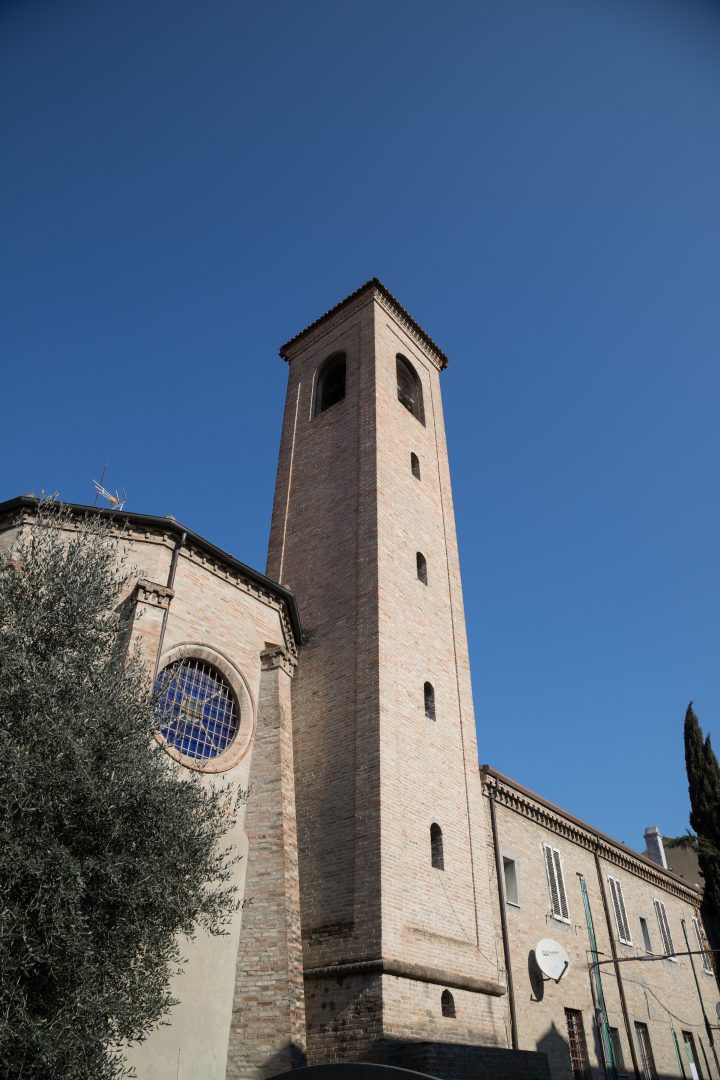
To anyone who looked upon her face, Tekakwitha’s smallpox scars were the insignia of death. Born in 1656, the Mohawk girl sustained the pockmarks at the age of four. They were constant reminders of the deaths of her mother, father, and little brother from smallpox.
With a sickly constitution, her vision marred by the disease, eleven-year-old Tekakwitha shielded her scars with a blanket when she went about her business in her village of Ossernenon, in modern-day New York.1
Tekakwitha means “she who moves everything that is before her.”2 What she felt was isolated, like wind that moves the branches of trees but is barely noticed.
The Blackrobes were arriving. After a bitter war against the French, a peace treaty had been reached. One of the terms was that the Jesuit priests, called Blackrobes by the Mohawks, must be in villages who had Christian prisoners.3
Chief Thunder Cloud, Tekakwitha’s uncle and adoptive father, greeted the three Blackrobes whom they would be hosting for a few days. Tekakwitha noticed one of the Blackrobes was wearing a familiar symbol on a cord around his neck – a crucifix.
She remembered her mother, an underground Catholic, who had told her about the Savior God. As she grew older, her mother’s friend Anastasia had explained more to her. God’s suffering and resurrection had forever changed the cross, a symbol of death, into a reminder of eternal life.
A strange hope stirred inside her.
Then her eyes met those of her aunt Light Feet, who was closely watching Tekakwitha with that familiar hateful gleam in her eye.
If Tekakwitha were to be baptized, she shuddered at what Light Feet and some of the other villagers might do – even her uncle Thunder Cloud, who loved her.
As time passed, Tekakwitha’s situation grew worse. Her uncle and her aunt became upset after Tekakwitha rejected a suitor. Even though she was already overworked, they increased her workload. However, she was determined to love her family with the love of the cross and refused to become bitter. Her persistence made them give up on their tactics of forcing her to marry.
When a priest gave her the opportunity to undergo formation and be baptized, Tekakwitha steeled her nerves and approached her uncle, who was against the Catholic faith. Reluctantly, he said yes!
Twenty-year-old Tekakwitha was baptized Kateri (Catherine) on April 18, 1676 – Easter Sunday. It was the happiest day of her life.
Kateri had achieved her lifelong dream of being baptized, and she had found her vocation: virginity.
But that didn’t mean things were going to get any easier.
Her community didn’t understand her Catholic faith or her vocation. She was more isolated than ever, a target of gossip and even stones. Since Kateri faithfully observed Sundays as a day of rest, Light Feet didn’t let Kateri eat on Sundays. One time, a brave brandished a tomahawk against her because of her resolve to remain unmarried.
Kateri had lost one of her only friends, Anastasia, who had gone to St. Francis Xavier mission, located around modern-day Montreal, Canada. At that time, Thunder Cloud had ordered Kateri to stay put, but when a group of Native American missionaries visited Ossernenon, Kateri realized that St. Francis Xavier mission would be her refuge.
A missionary priest aided Kateri in arranging her escape with the missionaries. Striking out into a night dense with the sounds of crickets, Kateri and the others began the 200-mile trek – pursued by her uncle once he realized she had left.
Kateri and the others reached St. Francis Xavier in safety. A new world opened up to Kateri. She was surrounded by fellow Catholics and could go to Mass every day.
After years of prayer, discernment, and spiritual direction, twenty-three-year-old Kateri finally made a vow of virginity.
“I am not my own; I have given myself to Jesus. He must be my only love,” Kateri said.
Her life was a prayer of serving the sick, poor, and children, and she interceded for her fellow Mohawks who didn’t know God yet. Kateri prayed everywhere, not only at church. Even during the chore of bringing back firewood, she enjoyed making handmade crosses out of sticks to accompany her prayer in the woods.4
However, even in the Catholic community, Kateri had to endure gossip. Her health also continued to wane, until it finally collapsed when she was twenty-four years old.
On April 17, 1680 – the day before Holy Thursday – low sounds of weeping filled the room. Kateri received the Last Rites, her scarred face full of peace as she received Jesus in the Eucharist.
Kateri grasped her friend Anastasia’s hand, squeezing it. Then, Kateri’s hand went limp.
She was dead.
They were all still weeping when Kateri’s face transformed. Miraculously, the scars – those marks of death – were gone.
Kateri was smiling.
She truly moved everyone before her.
Footnotes:
1Catholic Online. “St. Kateri Tekakwitha.” Catholic Online, www.catholic.org/saints/saint.php?saint_id=154.
2 Heffernan, Anne Eileen. 57 Stories of Saints. Pauline Books & Media, 2006, p. 372.
3 Franciscan Media. “Saint Kateri Tekakwitha.” Franciscan Media, 7 July 2023, www.franciscanmedia.org/saint-of-the-day/saint-kateri-tekakwitha.
4 Heffernan, p. 381.




